Now, we all know the golden rule of filmmaking: show, don’t tell. But let’s not forget, dialogue is just as crucial in a screenplay. Choosing the right words can be tricky: too realistic, and the film may come off as mundane; too lofty, and you risk sounding pretentious or overly theatrical. So what makes a dialogue truly compelling? Let’s find out:
WATCH: How To Write GREAT Dialogue
The Narrating Voice
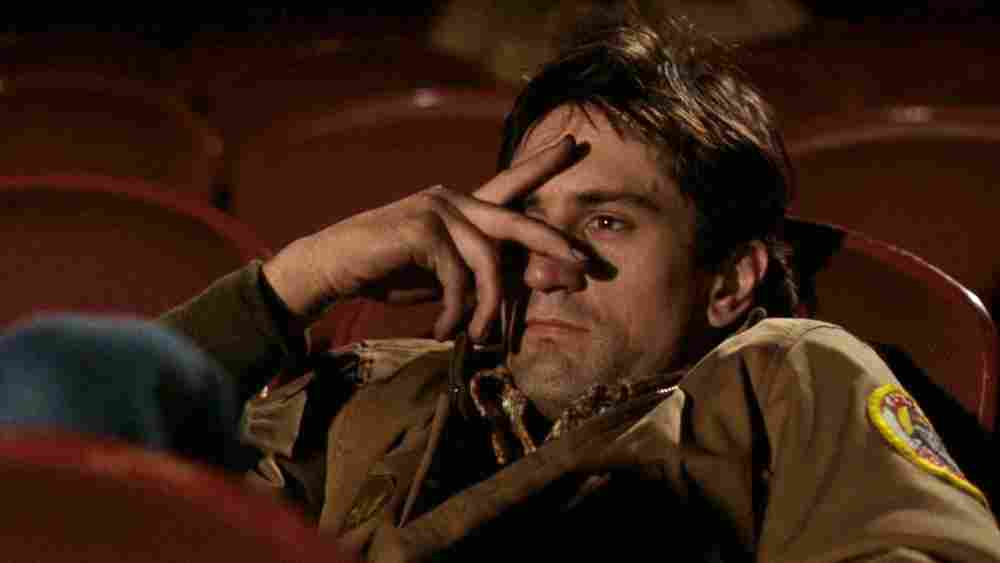
Sometimes the first line of dialogue you’ll hear in a film is narration. It could be from some storyteller like in Furiosa: A Mad Max Saga. Or it could come directly from a character, like in I Saw The TV Glow or the iconic Taxi Driver.
Travis Bickle’s narration hits hard because it pulls us right into his messed-up head. His internal monologues reveal his increasing alienation and descent into madness, making his actions more understandable. The gritty, almost poetic nature of the narrative enhances the film’s dark, brooding atmosphere. It helps us understand the underlying tensions and conflicts within Travis, making his eventual breakdown more impactful.
Good narration in film does a lot of heavy lifting: it enhances storytelling, provides insight into characters’ thoughts, and can set the tone or mood of the film. Effective narration should feel integral to the story, not a crutch for lazy writing. It should offer perspectives that visuals alone may not convey.
Bad narration is the kind that spells out far too much. You don’t want to be overly reliant on voice-over. It’s outright condemned as sloppy in the film Adaptation.
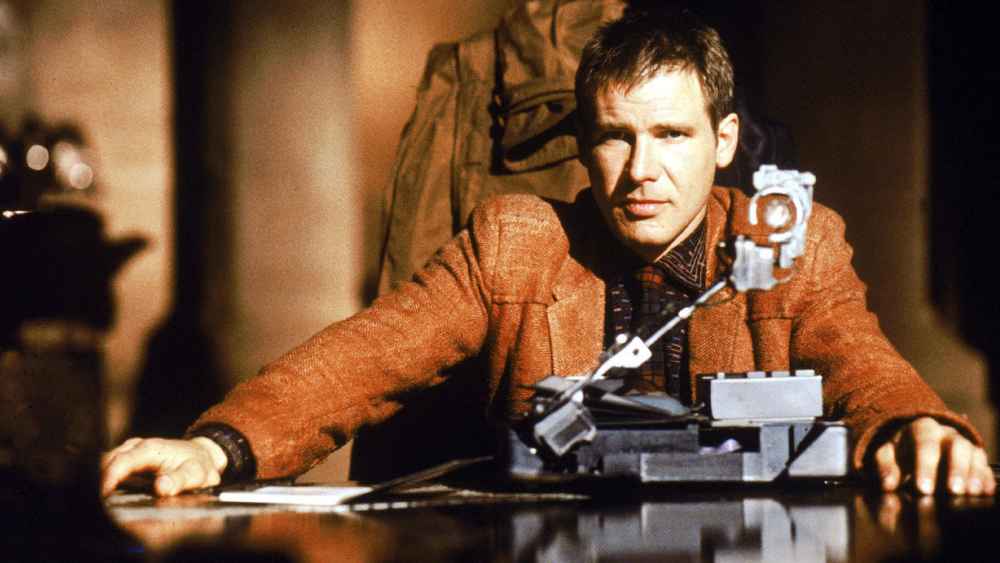
The worst kind of narration is one that feels tacked on. And there’s no greater example of this than Blade Runner. When Blade Runner was first released in theaters, it had Harrison Ford delivering narration. This was a demand of the studio. Director Ridley Scott and Ford did not want it. It just didn’t feel right. This led to Ford delivering the most lackluster of line readings. The attempt to make the film feel more like those noir movies with constant narration failed.
Every subsequent cut of Blade Runner since has removed the narration. Now it’s hard to even imagine the film with constant talking over the eye-popping settings. The lack of narration also worked well for the sequel, Blade Runner 2049. No narration was needed to communicate the thoughts and feelings of futuristic androids and cops.
Narration can be good for filling in the gaps of a story that don’t require an extra scene to communicate. But sometimes it’s important to know when to turn the microphone off.
The Language of Characters
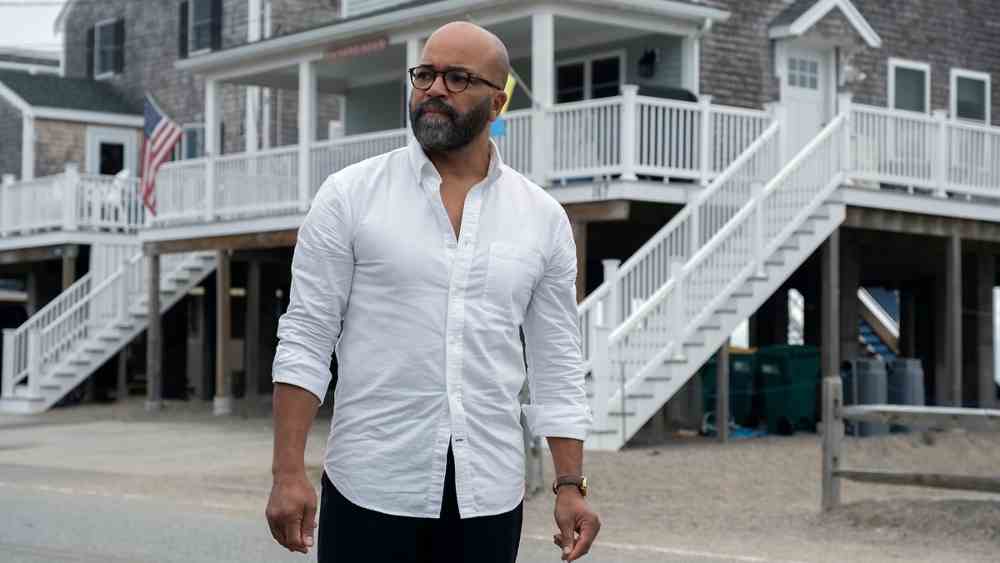
A crucial aspect of dialogue writing is deciding what language your characters will speak. This goes beyond whether the characters of Ferrari will speak Italian or English. People communicate in different moods, accents, and vocabularies. These aspects not only define the character but their dialogue as well.
A good example of defining a character’s language can be found in American Fiction. Jeffrey Wright’s character of Monk is established as an intellectual author. He speaks in an articulate and stuffy manner. He also doesn’t favor the language of the streets. This is why the comedy of the film revolves around Monk changing the way he writes and speaks. He’s not used to speaking like the stereotypical black man of the ghetto. But that is what white people gravitate towards in this story. From the way that Wright speaks, we know what he is and what he isn’t. We can see his comfort zone and when exactly he leaves it.
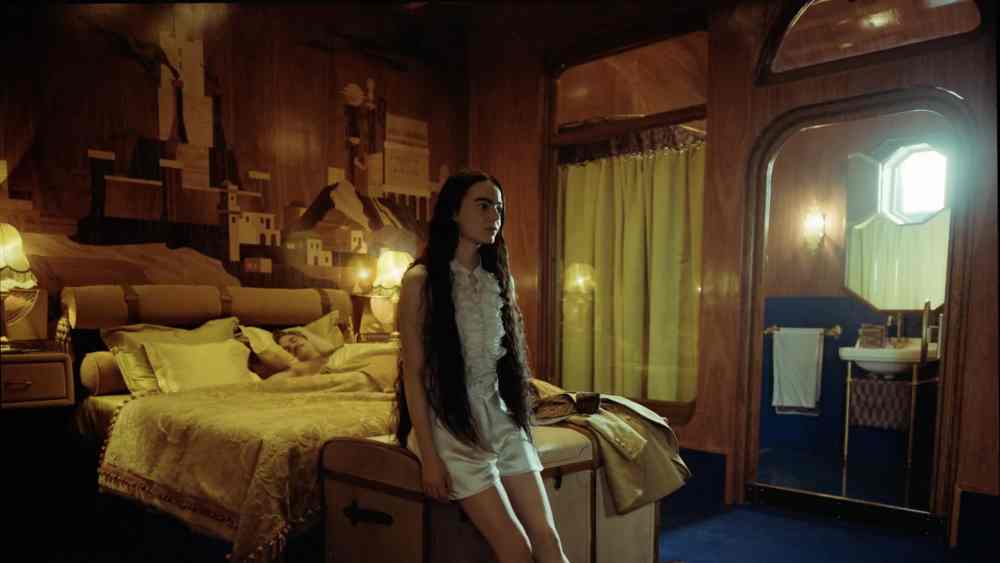
But characters don’t have to remain locked within one way of speaking. Some characters can go through a transformation. This is best seen with Bella in Poor Things. At the beginning of the film, Bella can barely speak words as her brain is not developed enough. Soon, she starts forming more complete sentences. As she experiences more of the world, her language grows as much as her intellect. She starts speaking in a more matter-of-fact manner. Bella’s understanding of the world is one of both curiosity and desire to learn. Her progression can be felt as well. The more she converses and reads, the more expressive and articulate she becomes. Her dialogue becomes a part of her growth as a character.
A lack of appropriate language for a character can make their dialogue ring hollow. Consider the comedy of Quasi. The film was meant to be a silly take on The Hunchback of Notre Dame. But the modern dialogue doesn’t work. It makes the characters feel less real and more like vehicles for jokes, which makes it hard to care about anything that happens to these characters. The story is still about Quasimodo’s rising above the system, but without much heart. Well-placed dialogue for a down moment can change that. But in the film’s desperation to be funny, the language hinders the laughs.
What To Talk About
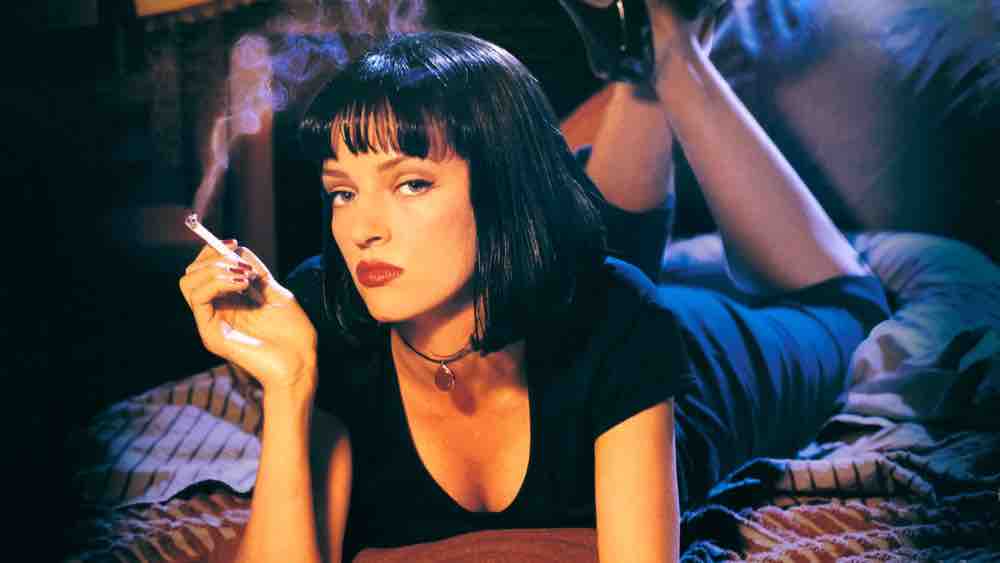
Part of making a script great is crafting dialogue that allures. One way to make that happen is to write believable conversations. People don’t usually speak in exposition and that kind of talk can get dull after some time. Sometimes speaking about something outside of the central plot is just as compelling.
Look no further than dialogue master Quentin Tarantino. His screenplays are fantastic for how they spend time defining the characters. They have what could be called hang-out dialogue. Pulp Fiction is a great example. The most memorable passages in the film are not about the mysterious briefcase or watching after Mia Wallace. Its moments like Vincent and Jules talking about burgers around the world while en route. It’s a colorful detour that makes the film all the more alluring. The gangsters become more defined with moments like this. Even when they arrive at their destination where a shooting will take place, they keep talking. They wait for the right moment and keep the conversation going.
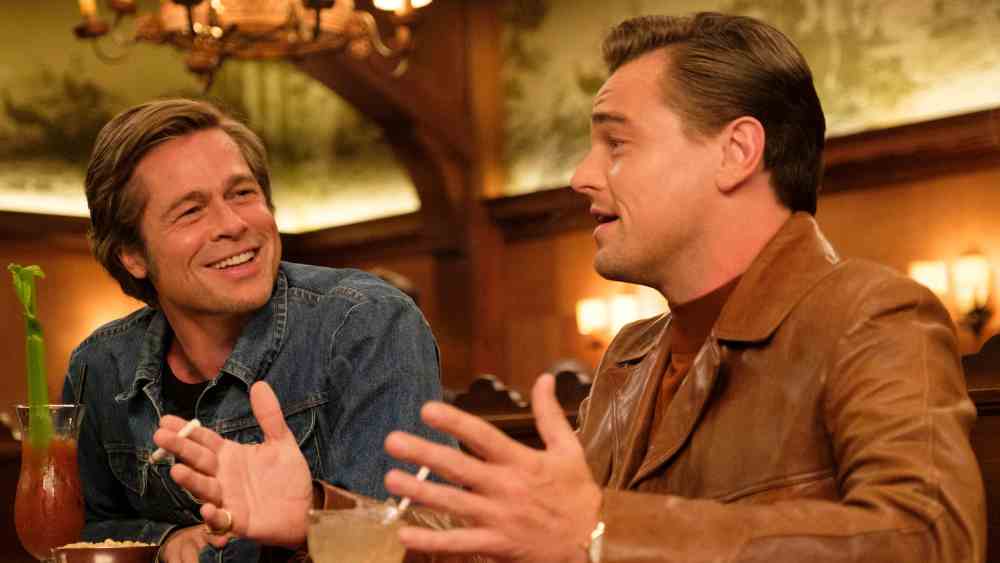
Tarantino kept this style going further into his career, even with bigger name actors. Once Upon A Time in Hollywood features just as many meandering and intoxicating passages. Everything from the way Leonardo DiCaprio talks about acting to how Al Pacino gushes about movie violence is intriguing and fun. Even the easygoing nature of Brad Pitt’s character makes him an attractive enigma. There’s plenty of characters worth hanging out with in Tarantino’s latest.
It’s only when movies rely exclusively on exposition that a screenplay can get boring. This is why heist film Lift doesn’t work with its dialogue. There are plenty of characters in this film and none feel fully developed. All of them speak directly about the heist. It’s a journey not the destination that can make films like this work. With everybody speaking about the heist, there’s little time to see these players as people. As a result, Kevin Hart’s character just feels like…well, Kevin Hart.
Good dialogue should take as much time to define the characters as progress the plot. Without that balance, the audience won’t care about what is accomplished. Give the audience a reason to root for your characters.
Subtext

Subtext can play a heavy role in good dialogue. It’s a great way to convey more than one message as characters converse.
Luca Guadagnino’s Challengers has a whole lot going on in its screenplay. For the tennis duo of Patrick and Art, there’s sexual tension over everything – from the way they watch the seductive Tashi play to how they speak over churros. At the same time, Tashi is all about tennis. Any speak of sex with her all ties back to the power she wants with tennis matches. She even spells this out, stating that everything is about tennis, even during sex.
This subtext is not all subtle, but it doesn’t have to be. Bluntness can as accurately communicate the greater message in the dialogue.
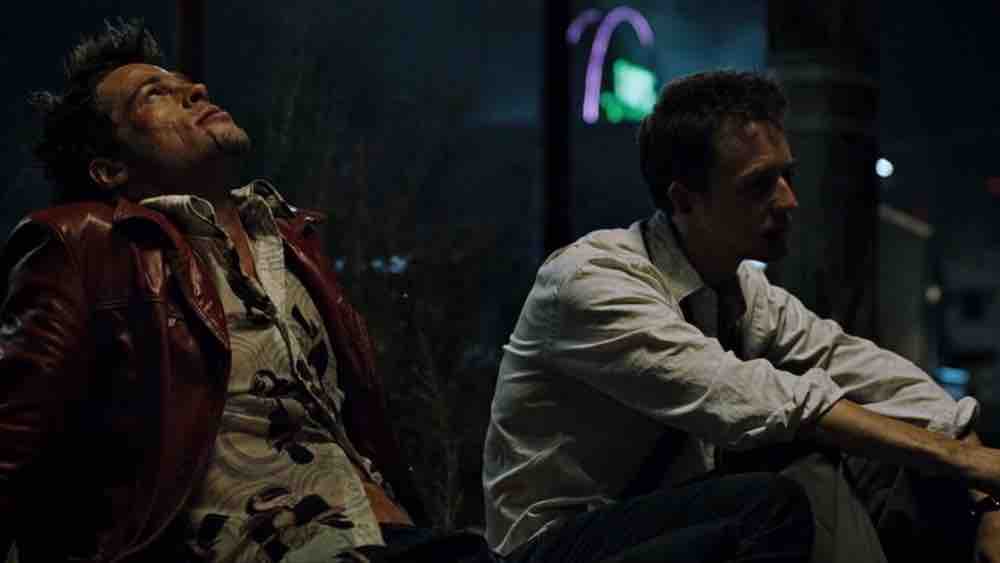
I Saw The TV Glow, for example, does become very obvious with its allegory for the transgender experience. Good subtext doesn’t exactly have to be about subtlety. Consider that the masculinity satire of Fight Club often gets overlooked, despite being so bold in several scenes. There’s no guarantee about an audience being able to read all the subtext.
Good subtextual dialogue should feel both clever and clear in its dual meanings. Characters should be able to communicate feelings in a more creative manner. Simply having the characters state their emotions is not compelling.
Emotion
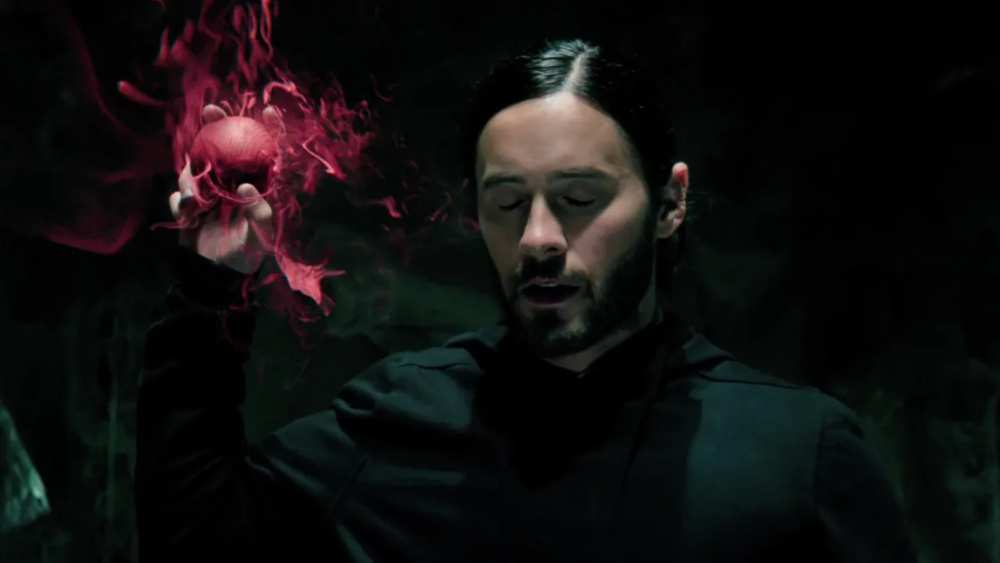
A screenplay is only as strong as the actors reading it. Even the best written dialogue can fall flat, if not performed well. If the delivery is off, a film might feel like a dull reading of a book.
Dialogue that barely conveys emotion is plain boring. Morbius is a prime example of how underwhelming a screenplay can be. The film is about a man who cures his disease with superhuman abilities. This guy should be ecstatic. He could barely walk and now he’s scaling walls. Yet Jared Leto’s dialogue and performance make him seem almost bored with the experience. It’s as if the special effects are meant to carry the excitement instead of the character. If the protagonist isn’t thrilled by this development, why should we be?
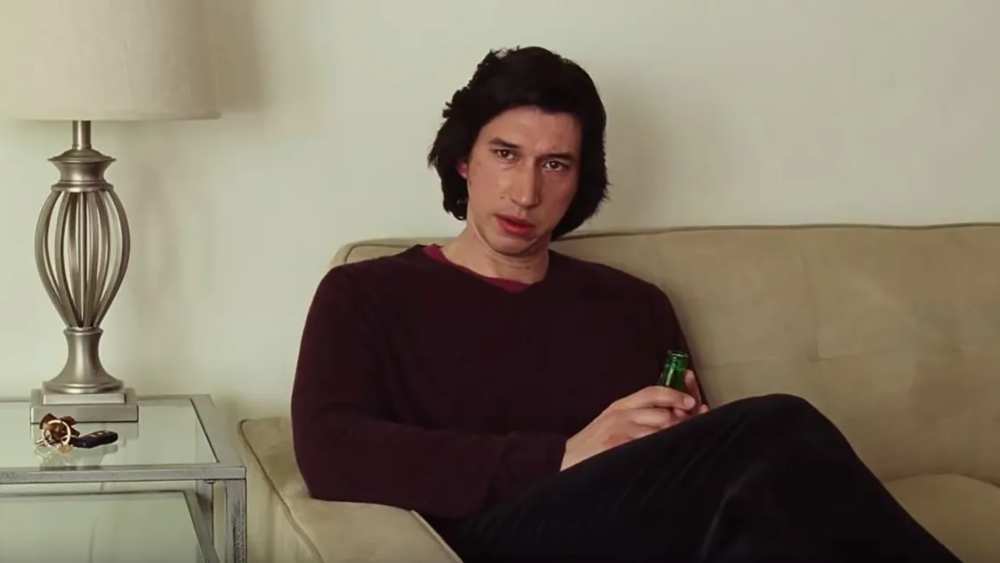
To make the audience care, powerful dialogue requires strong delivery. Look at Noah Baumbach’s Marriage Story. His script is strong, but it’s Adam Driver and Scarlett Johansson’s performance that bring it to life. They don’t just read words dry. They speak with passion, sadness, and anger. They also read their dialogue in a natural manner. Watch the climactic fight where they talk over each other. It has all the stagings of a real fight. There’s a realism to it that feels tragic.
Dramatic readings can also enhance the appeal of comedies. Take Noah Baumbach and Greta Gerwig’s screenplay for Barbie. Sure, it’s a fun film with characters speaking rather bluntly. But there’s also a lot of down and sweet moments. Barbie’s existential crisis is not treated lightly. Her experiences with the real world feel genuine. By the end of the film, there’s a tearful resolve about individuality and feminism. The audience cares more for the plight of Barbie as they do about the pink-themed jokes.
Writing Good Dialogue
The most important thing to keep in mind when crafting dialogue is to envision it. Make sure it works for the type of film you’re making. Just as animators act out physical actions, test out your own screenplay.
Give that script a read and see if it sounds good coming out of your mouth. If it’s not working, rewrite the lines or put a different delivery on it. If the message isn’t clear, make it bolder. If the exposition is getting too boring, find a new way to convey it. If the narration feels too much, cut it down.
REMEMBER that while a screenplay might look good on paper, it also needs to work on screen. The best screenplays come to life and engage the audience, drawing them into the story. When taking note of what works and what doesn’t, you’ll be able to write for the screen instead of for a book.
Winding Up
What are your thoughts on screenplay dialogue? Do you have a favorite film with good dialogue? What about a bad one? Was there a particular film we should have mentioned? Let’s talk in the comments below.

